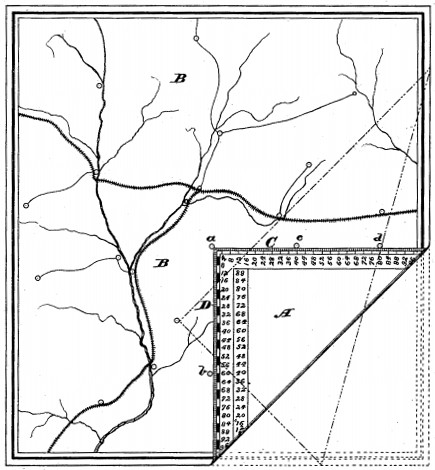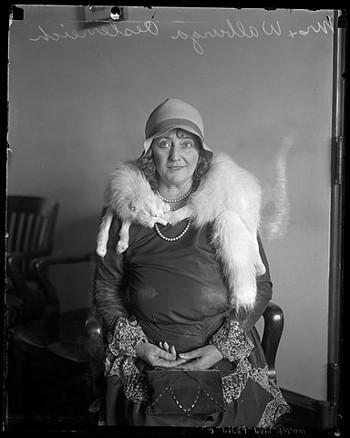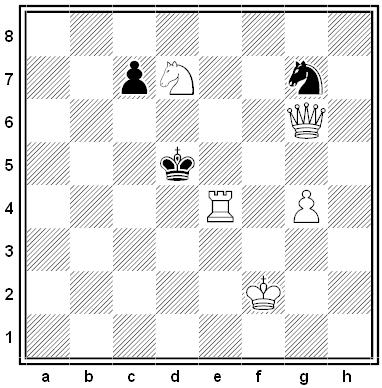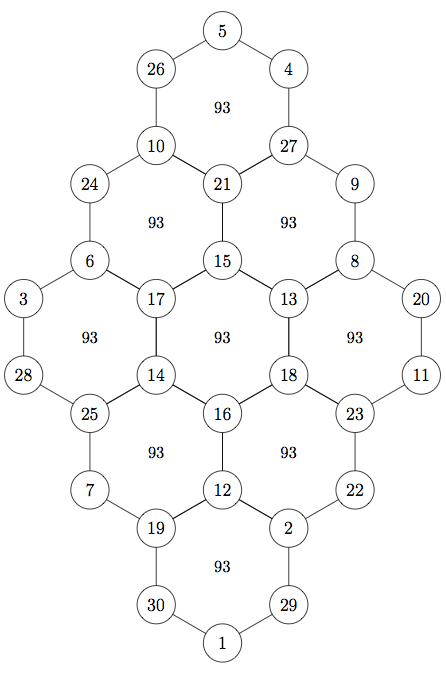A man once married a charming young person who agreed with him on every question. At first they were very happy, for the man thought his wife the most interesting companion he had ever met, and they spent their days telling each other what wonderful people they were. But by and by the man began to find his wife rather tiresome. Wherever he went she insisted upon going; whatever he did, she was sure to tell him that it would have been better to do the opposite; and moreover, it gradually dawned upon him that his friends had never thought so highly of her as he did. Having made this discovery, he naturally felt justified in regarding himself as the aggrieved party; she took the same view of her situation, and their life was one of incessant recrimination.
Finally, after years spent in violent quarrels and short-lived reconciliations, the man grew weary, and decided to divorce his wife.
He engaged an able lawyer, who assured him that he would have no difficulty in obtaining a divorce; but to his surprise, the judge refused to grant it.
‘But –‘ said the man, and he began to recapitulate his injuries.
‘That’s all very true,’ said the judge, ‘and nothing would be easier than for you to obtain a divorce if you had only married another person.’
‘What do you mean by another person?’ asked the man in astonishment.
‘Well,’ replied the judge, ‘it appears that you inadvertently married yourself; that is a union no court has the power to dissolve.’
‘Oh,’ said the man; and he was secretly glad, for in his heart he was already longing to make it up again with his wife.
— Edith Wharton, The Valley of Childish Things, and Other Emblems, 1896







